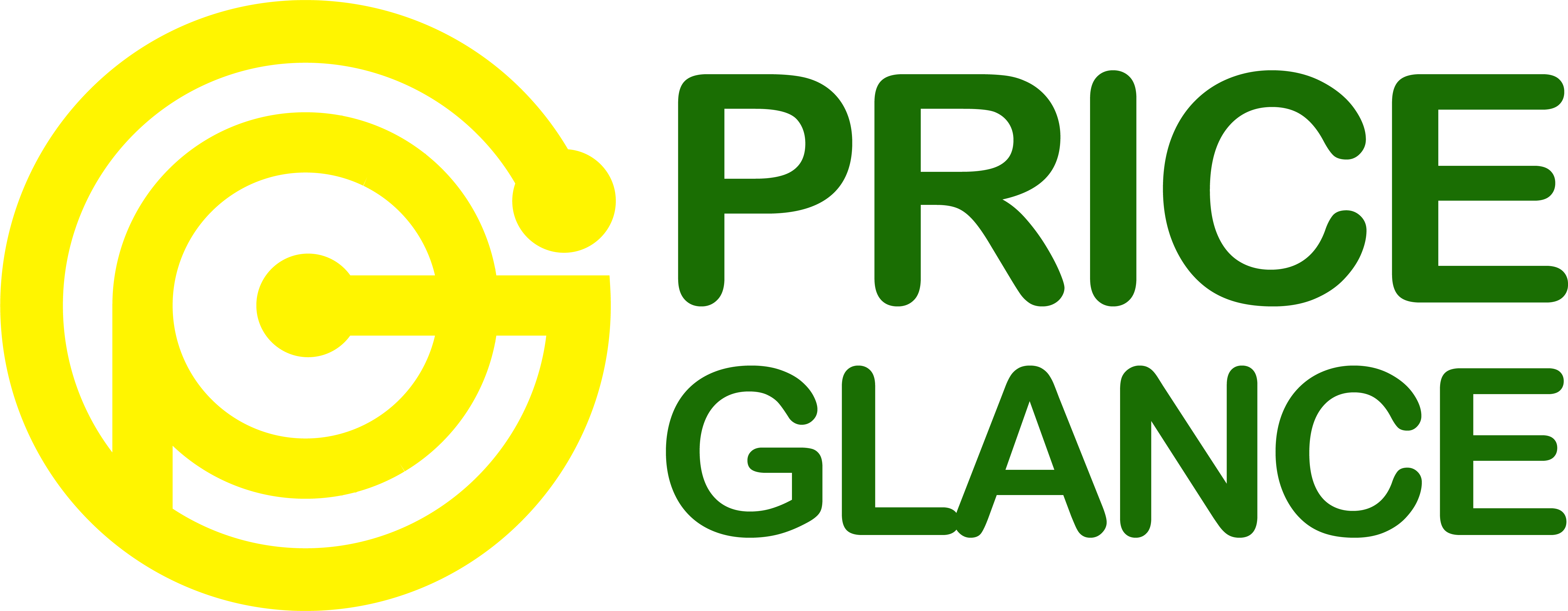
Introduction:
In the world of pricing strategies, it’s essential for businesses to understand the various approaches available to them. Two commonly discussed strategies are variable pricing and dynamic pricing. In this article, we will delve into the distinctions between these two methods, helping you gain a clearer understanding of their benefits and applications.

Understanding Pricing Strategies:
Before we dive into the specifics of variable pricing and dynamic pricing, let’s briefly touch upon the three primary pricing strategies commonly used by businesses:
1. Static Pricing:
Static pricing refers to a fixed pricing model where the price of a product or service remains constant over an extended period. This approach is commonly used when there is little or no variation in demand, costs, or market conditions. While static pricing provides simplicity and ease of use, it may not be the most effective strategy for businesses operating in dynamic markets.

2. Variable Pricing:
Variable pricing involves setting different prices for the same product or service based on specific factors such as customer segments, geographical locations, or time periods. It allows businesses to cater to different market segments and adjust prices based on market conditions, competition, or customer preferences. Variable pricing offers a level of flexibility and customization, enabling businesses to optimize revenue and meet varying customer needs.
3. Dynamic Pricing:
Dynamic pricing takes variable pricing to the next level by using real-time data and algorithms to adjust prices dynamically. This strategy allows businesses to respond to market changes, supply and demand fluctuations, or other factors that can impact pricing. Dynamic pricing often involves leveraging factors like customer behavior, competitor pricing, inventory levels, and external market conditions. By continuously analyzing these variables, businesses can optimize prices to maximize revenue and profitability.
How to Select a Pricing Strategy That Works for You:
Choosing the right pricing strategy for your business depends on various factors, including industry dynamics, market conditions, product characteristics, and target customers. Here are some considerations to help you make an informed decision:
1. Understand Your Market: Analyze your industry and target market to determine the level of price elasticity, competition intensity, and customer preferences. This information will guide you in selecting a pricing strategy that aligns with market dynamics.
2. Evaluate Cost Structure: Consider your cost structure, including fixed costs, variable costs, and economies of scale. Different pricing strategies have varying implications for profitability and cost recovery, so understanding your cost structure is crucial.
3. Assess Customer Segments: Identify distinct customer segments and their willingness to pay. Variable pricing and dynamic pricing allow you to cater to different segments with tailored pricing, enabling you to capture value effectively.
4. Utilize Technology: Embrace technology solutions that can support your chosen pricing strategy. Dynamic pricing, in particular, relies on real-time data analysis and algorithms. Implementing pricing software or partnering with technology providers can streamline the process and enhance accuracy.
Conclusion:
In the realm of pricing strategies, it’s vital to grasp the distinctions between variable pricing and dynamic pricing. While variable pricing offers flexibility by setting different prices based on specific factors, dynamic pricing takes it a step further by leveraging real-time data and algorithms to optimize prices dynamically. Understanding your market, cost structure, and customer segments will help you select the most suitable pricing strategy for your business. Moreover, embracing technology solutions can facilitate the implementation and execution of your chosen pricing strategy, enabling you to stay competitive in a dynamic marketplace.
Learn more: Beyond Instacart: Comparing Grocery Delivery Apps and Services
